Hip dips refer to the inward curves that run along your side just below your hip bones. Every person’s bone structure is unique. Some hip dips can be more evident than others, but they are common in men and women.
Hip dips are also known as “trochanteric depression.” The “violin hip” is another popular term. Due to the inward curve of the instrument, the reference to the violin was made. Some procedures can shape the outer hips and create a slimmer figure for women who want a curvier figure. There are two options: silicone implant placement and fat transfer.
We will be discussing hip dips in this article. Hip dips, also known as violin hips or hip dips, are indentations caused by the socket’s hip bone protruding and are not covered with muscle or fat. Hip dips are natural, but there are many myths about them and how they affect your body. Let’s look at hip dips and why you should care about them.
What Are Hip Dips?
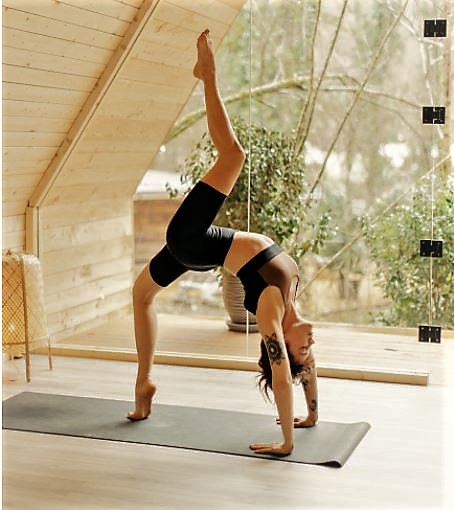
Do you know what are hip dips? You’d think that all the “what are the hip dips” worries would end and that there would be less pressure to look good. Who needs to worry about lipstick, jeans, and shampoo when face masks, comfortable loungewear, and the millionth COVID variant? What are hip dips and what does it mean? This is everything you need to know.
Although hip dips are an integral part of the human body, some people find them uncomfortable. Many bones and muscles in the hip area make what we call the “hip region.” The hip bone is also known as the innominate or the hip bone. The hip bone is located on the opposite side of your hip joint, which creates a natural dip in both men and women.
Hip dips are when your top hips drop down between the two bones making up your pelvis, called posterior superior iliac spines. Standing with your hips dipped and your weight equally distributed on each foot is an excellent way to see the hip dipping. These dips can vary in depth depending on who you are, but they are more noticeable for people with thinner bodies because less fat is covering the hip area.
The hip bone and surrounding muscles don’t usually cause concern unless they protrude from your body or make you uncomfortable. Many factors can alter the indentation of your hips, including genetics and lifestyle habits like diet and exercise. Hip dips do not always mean that your hips will have a deep indentation. If they are embarrassing, diet and exercise can help. Hip dips can be treated in many ways, but they are not always permanent.
What Causes Hip Dips?

Hip dips are not caused by one thing, and these hip dips are caused by your body type, bone structure, and body fat distribution. Your pelvis, hip muscles, and body structure are unique, and you may have noticeable hip dips.
Women with high hips are more likely to have noticeable hip dips. This is because the distance between your hip bone (and your thigh bone) is more significant, which allows for more opportunities to form creases in your hip area.
Hip bones cause hip dips with low levels of fat and skin. Hip dips may be caused by weight loss or genetics. Genetics determine the structure of your pelvis bones, and hip dips connect to your pelvis through natural hip bones. The hip dip shape is determined by clicking the hip bone and your pelvis. Your hip bones structure is not affected by exercise or weight loss. However, you can fill in the gap with muscle or fat.
Hip dips are generally caused by genetics. However, they can be more prominent through weight loss, muscle gain, and fat addition. Hip dips are a sign that you’re healthy and fit. Your hip dip should be celebrated. You can work out to increase your muscle mass and reduce fat. These can happen to men and women, regardless of their athletic ability. It is essential to be aware of hip dips and weight gain as you get older.
Hip dips are indents or depressions that naturally occur outside your upper legs, just below your hip bone. Some people may notice indentations or cuts in the hips because the skin is closer to the greater trochanter, which can cause them to appear as indentations. Hip dips can be very noticeable for some people and appear as large indentations, and they may not be as noticeable for others.
The bone structure of your pelvis, femur, and hips will determine whether you see them. Your body’s fat distribution and muscle mass can also influence your appearance.
How To Get Rid of Hip Dips?
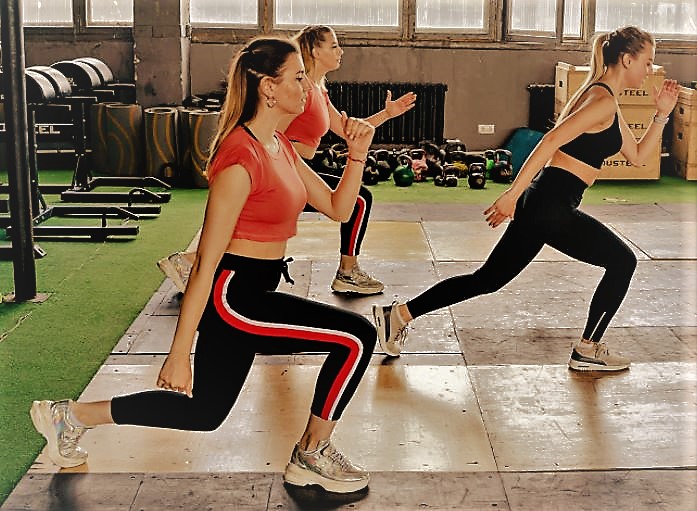
Do you want to know how to get rid of hip dips? Hip dips are a cosmetic, harmless gap between the upper and lower hips. You can do core exercises to tone your hips and improve your hips to reduce them. You should target this area at least 4-6 times per week to achieve the best results. You can disguise hip dips with clothing that is comfortable and flattering. Hip dips aren’t a negative feature. You should be proud of your body.
Although specific exercises can reduce the appearance and severity of hip dips (but not entirely), they will not eliminate them. You cannot control where your body stores fat. (7Trusted Source). No diet, exercises, or lifestyle changes will alter the shape of your body, despite the many websites and videos claiming to have the “secret” to reducing hip dips. This will help you accept that hip dips are average and focus your attention on what you can do to strengthen and stabilize your hips.
You cannot do much if you have “violin hips,” but you don’t want to be. The cause of hip dips will determine what you can do. Most people believe that your pelvic bone structure is higher than the average, and this causes fat to spread and shape your hips in the way we all know. How to Get Rid of Hip Dips Without Surgery: Exercises, Tips, and More.
If your hips are dangling, you should learn to love your body. You can improve your body shape by changing your diet and exercising with excess fat around the love handles. You can also try wearing clothes that minimize the appearance of your hip dips.
How to Do Hip Dips for Strong Obliques?
Most people have heard of the classic plank position, which is a great way to strengthen your core and abs. This position is not suitable for your obliques, so that it may be lacking. Hip dips can be added to your plank to strengthen your sides and provide an excellent workout for your lower back and glutes. To elevate your core workout, try hip dips in place of a regular plank.
Hip Dips Workout: The Best Exercises To Target Hip Dips

As we have already mentioned, how your pelvis is placed in your body can affect the amount of ‘hip dips’ you see. Although no exercises can eliminate hip dips, these exercises target the hips, thighs, and abdominals for a toned body.
Although they cannot be eliminated, the extent of your hip dips is usually related to how much fat and muscle you have. You can build muscle and get a more hourglass figure by targeting your hips with exercises. Even though the hips may not be the most common target in the gym, strengthening your hip muscles can make running and move easier.
Here is Hip dips workout: The 8 Best Exercises To Target Hip Dips

1: Fire Hydrants
This somewhat bizarrely called “Glute Killer” exercise is highly effective. The glutes, hips, and core are all targeted by fire hydrants, which can be done almost anywhere.
You can do a fire hydrant by getting on all fours with your knees under your hips. Your arms should be below your shoulders. Keep your core firm and extend your bent right knee to the side. Then, stop at your hip height and pause. Next, lower your knee to the starting position. This is one rep. Repeat the process on the opposite side. Each side should be able to do three sets of 10 repetitions.
2: Side Leg Raises
Side leg lifts target gluteus Medius, minimums and builds strength in the outer and inner thighs.
Side leg lifts can be done by lying on your back, with your legs straight out and one on top. Rest your head on one arm and place your elbow on the ground for support. Engaging your core, raise your top leg straight up towards the ceiling. Hold on to the top and then lower back to your original position. This is one rep. On each side, do three sets of 10-15 reps. You can make this exercise more challenging by adding a resistance band to the top of your knees. We’ve hand-picked some of the best resistance bands available.
03: Lateral squat walk
Lateral squats target the quadriceps and glutes. This exercise is intense, so be prepared to feel the heat! You can make the movement more challenging by adding a resistance band to your knees or holding a dumbbell in each arm.
Begin with your feet shoulder-width apart. Next, place your resistance band at the top of the kneecaps. Keep your hands in front of your body and take a step to the right. Bend the knees, then squat down. Press back into the starting position by engaging your glutes. This is one rep. Do three sets of 10 reps each.
04: Lateral lunge
This move targets the lateral stabilizers in the body and the inner thighs. This move also targets the glutes, so it’s an excellent exercise to target this area of the body.
Start by standing with your feet at hip distance. To make a lateral lunge, take a step to the right. Bend your right knee, and then sink your hips backward. Keep your left leg straight. To return to your original position, push off from the ball your foot. This is one rep. On each side, do three rounds of 10-15 reps.
05: Glute bridge with Abduction
To tone and shape this area of your body, you will need to work your glutes and thighs. This exercise is excellent for strengthening your core muscles. You can make the movement more challenging by placing a resistance band around your legs just above your knees.
Place your hands on your stomach and place your feet on the ground. Engage your core and squeeze your glutes. Then, raise your hips. When your hips reach a height that allows you to draw a straight line between your shoulders and your knees, lift your hips. Next, move your knees to the side. Then lower your hips to the ground by pulling your knees. This is one rep. You should aim for three sets of 10 repetitions.
06: Donkey kicks
Donkey kicks can be a great way to target the gluteus Medius (your side). You can make the exercise even more difficult by adding a resistance band to your knees.
Place your hands under your shoulders and your knees below your hips. Keep your spine straight and keep your knees bent at 90 degrees. Lift your leg straight up towards the ceiling with your foot flexed. It will be lowered slowly back to the starting position. This is one rep, and you should aim for 20 reps and ten on each side.
07: Side curtsey lunge
Side lunges work the same muscles as other lunges, and the quads and glutes are the primary muscles used for side lunges. However, the lateral movement emphasizes the inner and outside thighs.
Stand with your feet at hip distance apart to make a side curtsey lunch. Keep your weight in your left leg and cross your right foot behind your left. Keep your right knee bent until it touches the ground. Then, reverse the steps to get back to the original position. Repeat the process on the opposite side. Each side should be able to perform three sets of 10 repetitions.
08: Clamshells
Clamshells strengthen both the gluteus Medius and the inner and outer legs. This exercise is excellent for building hip muscle, and this exercise is also good for your pelvic floor.
Place your head on the table and lie down. Then, bend your knees and stack one leg on top of the other. Make sure that your hips don’t rock outwards while you do this. Keep the knee bent and raise your top knee as high as possible without moving your pelvis or hips. Your core should be engaged, and your feet should be pressed together. One rep is to lower the knee back to its original position. On each side, aim for three sets of 10-15 repetitions.
Does Exercise Cause Hip Dips?
Hip dips can be caused by too much exercise or a lack thereof. Riser points out that you don’t want too much muscle in your hip area. However, this can make your hips appear more prominent. “But hip dips happen naturally, and you don’t have to do anything.
Hip Dips Are Not a Bad Thing
One common misconception is that hip dipping (or a lack thereof) can indicate how healthy you are. As we have said, hip dips can signify how your bones are shaping, and it is something that cannot be changed, which will not surprise you. Your hips and hips can look different due to the differences in pelvis shapes.
Experts recommend that you let any stress about your hip dips go as soon as possible. Roser says, “You can change your body fat percentage but then you might discover something about your body that you want to change.” Instead of striving to be perfect, love yourself.
Can You Change the Appearance of Your Hip Dips?
You can’t get rid of your hip dips if you don’t exercise. Roser says that you can make your hip dips more noticeable by strengthening your hip muscles. The TFL (tensor facia late) is a hip muscle that you can develop, and this area should not be over-trained. If you aim to achieve this, do the following exercises in a small number of sets: 6 sets each.
Hip Dips Cannot be “filled in” by Exercise
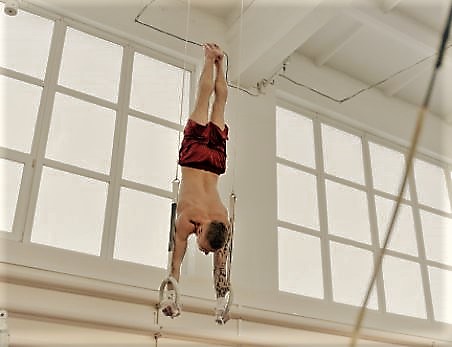
Many publications about hip dips will say they are familiar and routine, then add, “You cannot get rid of your dips, but these are some exercises that can help you decrease them.” This is total nonsense.
Although exercise can increase muscle size, it cannot build muscle from scratch. Hip dips are required because there isn’t any muscle in this area. Take a look at the following anatomy diagram.
The trochanter is a sharp, pointed piece at the top of your thighbone that protrudes into your left hip. The iliac crest, also known as the hip bone, is six to eight inches above the trochanter. The trochanter is the location of the “hip drop.” With your butt cheeks clenched, stand up and explore the area. You will see what I mean.
Take a look at these muscles. Your trochanter is behind your gluteus maximus, your gluteus medius is above it, your tensor fascia lata is above it, and your quads are below it. What muscle can you strengthen to decrease hip dips? To be exact, none of them.
Is It Ok To Have Hip Dips?
Hip dips can make some people feel anxious. However, you should embrace your hip dip as it doesn’t affect your mobility or health. Hip dips are common and should not be considered severe unless they cause pain. Hip dips are part of bone structure and do not change. Different people will have different degrees of indentations. They are all-natural and don’t necessarily mean that you are in good shape.
Is it Possible to be Freed from Hip Dips?
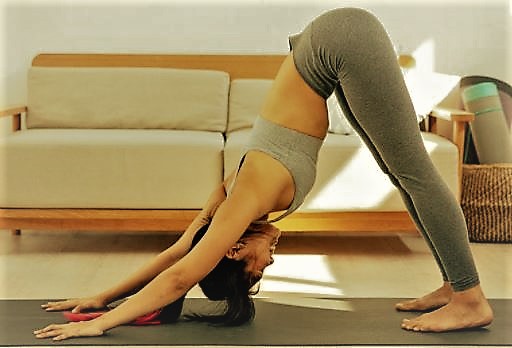
You can’t eliminate them all, but it’s a common misconception. Dr. Tailor suggests that you exercise to lose weight and build muscles to reduce the appearance of hip dips.
Rhea Sheedy is a dance instructor and founder of Ballet Fusion. Running and walking help shape legs while core activities such as those that target the abdomen or obliques and running help shape the waist.
Sheedy says that hip dips are more common in those who exercise a lot. An increased muscular mass or a stronger muscle can cause noticeable hip dips.
Because dancers do a lot of legs, hip, leg, and booty work, hip dips are often called “dancer’s dents.”
Hammond-Blackburn suggests that you should consider what fuel you use. A nutritious diet with high protein levels will significantly impact the training program’s effectiveness, which will help develop and burn body fat. We have compiled a list of healthy meal preparation ideas for you if you are stuck.
Self-compassion is better than constantly searching “what are hip dips?” It will make you feel better about your hip dips. Fox suggests that you give yourself love and allow your hip dips to be. These are great words to live by.
Hip Dips Can be Reduced by Leading a Healthy Lifestyle
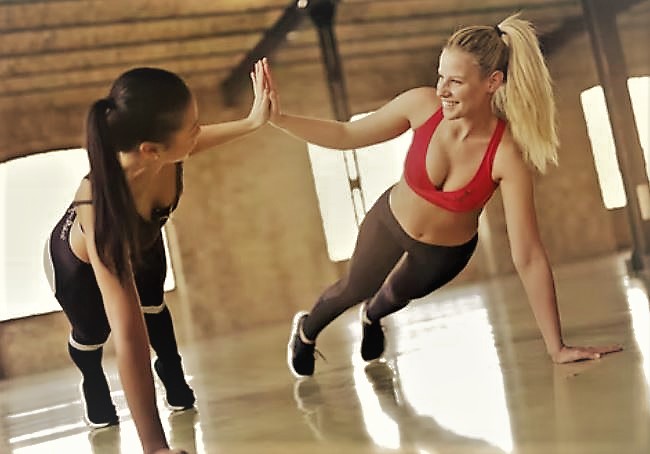
It would help if you made every effort to live a healthy lifestyle. You will feel more beneficial if you exercise, eat right, and take good care of yourself.
You should ensure you are getting enough calories and that you stay hydrated. Carbohydrates will give you more energy and help you get the most from your workouts. Consuming lean protein is likely to aid muscle growth. Include healthy fats, calcium, and fiber in your diet. You can eat less sugar, tobacco, processed junk food, and other unhealthy foods. You can make intelligent food choices, but it is okay to indulge once in a while.
Your fitness program will be balanced if you work out different parts of your body. To remodel your body, it is essential to do various activities. Include cardio exercises of different types in your plan. Keep fit and have physical activity in your daily life. For more information, consult your doctor.
The Bottom Line
The hip dip is a natural part of the human body, and these are primarily based on your genes and bone structure. They will not disappear by any lifestyle or exercise changes, and it would help if you instead focused on stability and strength exercises. These exercises will keep your hips healthy and prevent injuries.
Although it can be hard to accept the normality of hip dips, this will allow you to concentrate on good things for your body and mind. Overall, it is the best thing for your hips to be focused on their function and health. You will find more fulfillment if you are active and social through dancing, hiking, skiing, and walking than chasing unrealistic beauty standards.
